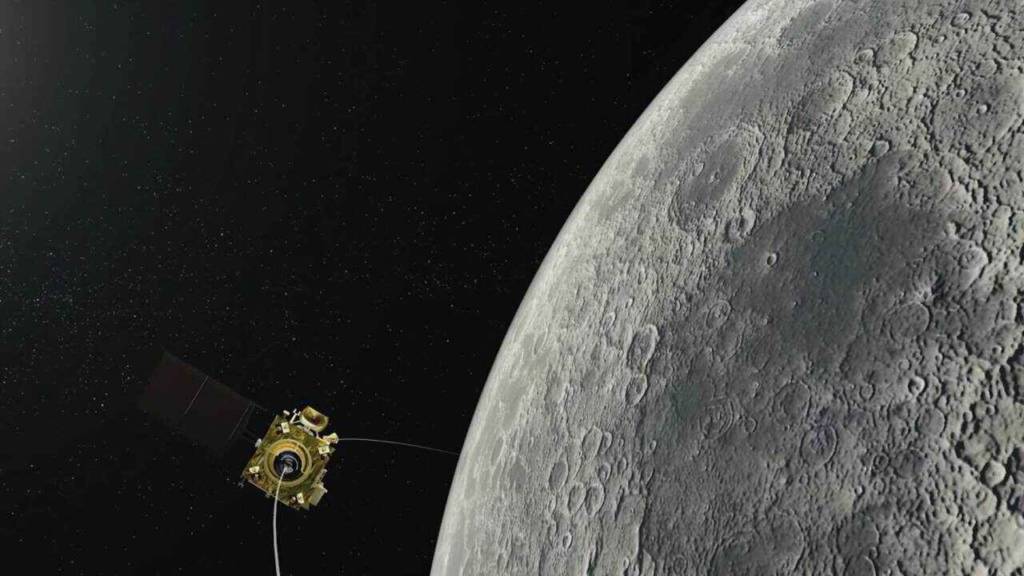ISRO is on a roll with yet another ambitious lunar mission in the offing- Chandrayaan-3. As per a TOI report, its next mission is going to be bigger and better. ISRO’s next Moon mission might even include bringing back samples from the Moon’s polar region. For this mission, ISRO will be tying up with JAXA (Japanese Aerospace Exploration Agency). A statement issued by ISRO stated, “Isro and Jaxa scientists are conducting a feasibility study to realise a joint satellite mission to explore the Moon’s polar region.”
Recently, Japan’s asteroid explorer Hayabusa 2, successfully completed its second risky landing on an asteroid. This is a testament to the island country’s technological prowess as far as space science is concerned. The joint mission is slated to be implemented in 2024. It would follow ISRO ‘s first manned space mission in 2022. The plans of the two countries to join hands for a lunar mission were made public for the first time in 2017, during a multi-space agencies’ meeting in Bengaluru. It also formed a part of the inter-governmental discussions during PM Modi’s visit to Japan in 2018.
It must be noted here that frozen water is believed to exist inside craters and other areas of the moon’s pole where sunlight cannot reach directly. As per a report, the lunar mission will seek to extract water through an unmanned rover in such areas and discover water on Moon for the first time. This story published by a Japanese media outlet, also goes on to report that while Japan will be in charge of launching the rocket and developing a lunar rover, ISRO would develop a lander for the mission.
The lunar mission will be launched by Japan’s H3 launch vehicle, which is currently under development. The lunar mission will send a rover-loaded lander to the moon. The lander will touchdown on the moon’s south pole, where water is believed to exist. The rover will then try to explore an area of 500 square metres and try to detect water on the surface of the moon using onboard analysis equipment. Takeshi Hoshino, a principal engineer at JAXA said, “We want to get ahead of the world in confirming the presence of water on the moon.” He added, “Finding water on the moon would lead to broadening the range of activity for humankind and make lunar exploration more active than ever.”
India’s Chandrayaan-2 which was a largely successful mission, was supposed to stage a soft landing of its lander, Vikram in the Moon’s south polar region. Unfortunately, contact was lost just before the historic touchdown. ISRO and JAXA in their joint lunar mission shall work towards maximizing the probability of a smooth lunar landing. This will be a landmark moment not only for India and Japan but for the entire world as it will open up the horizons for human activity on the Moon. India has already emerged as one of the leading space powers in the world and with 95% of the Chadrayaan-2 mission intact, and Chandrayaan-2 in the offing, it is only going to solidify its position.
